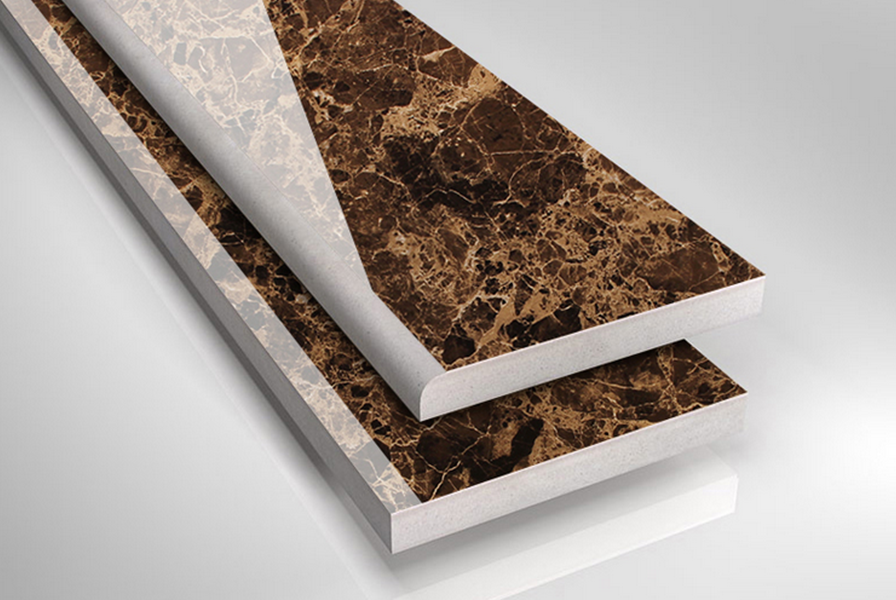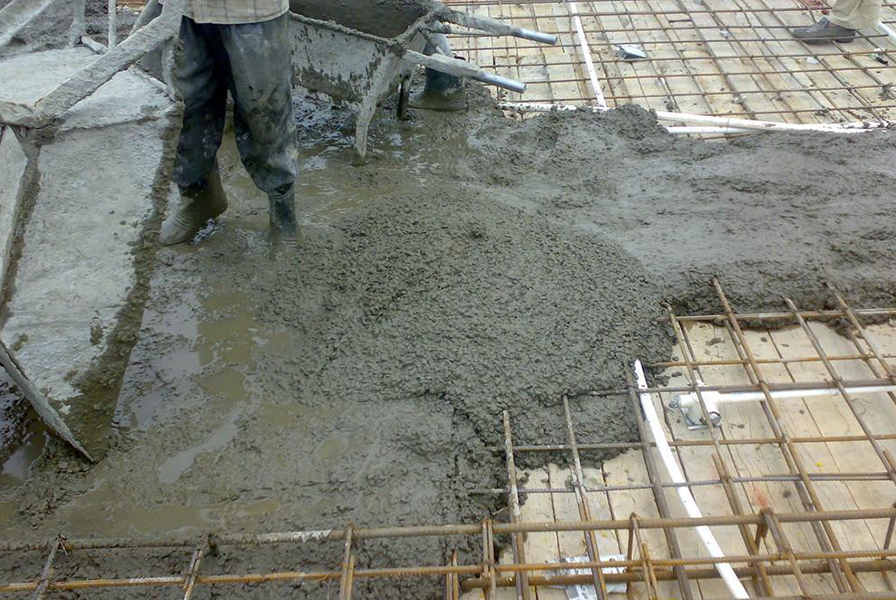
When we are deciding to keep our home to look neat & decorative flooring tiles play an important role in it. There are several types of tiles used for residential and commercial applications. Tiling provides one of the most cost-effective and environmentally friendly flooring choices. Tiles are made from natural clay and often other (recycled) materials. Tile manufacture does not necessitate the use of heavy chemicals or other harmful substances, unlike other flooring types. There are no trees to be cut down as with hardwood floors, and the best part is that tiles are durable and have a long lifespan.
Vitrified Tiles
This type of tile is produced by vitrification process. By this process the tiles created have very low porosity, making it stain-resistant and strong. It is an alternative to marble and granite flooring. Vitrified Tile is made by baking fine minerals like clay and silica, at extreme high temperatures where the individual grains or particles melt and fuse make a vitreous surface. Thus making of single mass is extremely hard with low porosity.
Ceramic Tile
Ceramic tile is the most common tiling used in the US in offices, stores and homes. Ceramic tile comes in two forms: glazed and unglazed. Ceramic tiles are made from clay and then heated. The glaze, which creates the color of the tile, is added after firing. The glazing process allows for the creation of infinite color combinations.
Porcelain Tile
Porcelain clay is kiln dried at higher temperatures than ceramic clay, which in-part explains its better performance as a bathroom floor tile compared to ceramic tile. With respect to options, you can get porcelain tiles in many colors and to mimic other natural materials such as wood and stone. If you’re installing radiant heating, porcelain is perfectly suitable for that as well.
Mosaics Tile
Tile mosaics allow you to be creative with your tile design. Mosaics are most commonly used for smaller areas, such as a bathroom or kitchen backsplash, or even small counter space areas. Mosaic tiles are usually less than six inches square and made of porcelain or clay composition. Many come in squares, octagons, hexagons or other unique shapes. The tiles are also available in remounted paper or fabric mesh sheets.
Digital Floor Tiles
A tile is a manufactured piece of hard-wearing material such as ceramic, stone, metal, or even glass, generally used for covering roofs, floors, walls, showers, or other objects such as tabletops. It is used for wall and ceiling applications. Tiles are most often made of ceramic. Glazed tile is a type of ceramic tile to which a glaze has been applied. After the glaze is painted or sprayed on, the tile is filed at high temperatures, causing a chemical reaction which makes the glaze vitrify, essentially turning into glass.
Elevation Tiles
Elevation tiles are both for interiors and exteriors of your home. Give your home a new and glorious look with elevation tiles. Give your home a new and glorious look with Elevation Tiles. You can use these tiles in interiors and exteriors.
Quarry Tiles
Quarry tile is a building construction material made by the extrusion process from natural clay or shale’s. Traditional quarry tile was unglazed and either red or gray, quarry tile is available with abrasive frit embedded in the surface to provide a non-slip finish in wet areas such as commercial kitchens. Quarry tile is extensively used for floors where a very durable material is required like indoor or outdoor. High quality quarry tiles are made from a mixture of natural ingredients including clays, shale’s and feldspar. These tiles are slipping resisting and are an excellent choice for areas subject to heavy spills and moisture.
Pebble Tile
Pebble tiles are tiles made up of small pebbles attached to a backing. The tile is generally designed in an interlocking pattern so that final installations fit of multiple tiles fit together to have a seamless appearance. A relatively new tile design, pebble tiles were originally developed in Indonesia using pebbles found in various locations in the country. Today, pebble tiles feature all types of stones and pebbles from around the world.
Islamic Tile
Early Islamic mosaics in Persia consist mainly of geometric decorations in mosques and mausoleums, made of glazed brick. Typical turquoise tiling becomes popular in 10th-11th century and is used mostly for Kufic inscriptions on mosque walls.
Ceiling Tile
Ceiling tiles are lightweight tiles used in the interior of buildings. They are placed in an aluminum grid and they provide little thermal insulation but are generally designed to improve the acoustics of a room. Mineral fiber tiles are fabricated from a range of products; wet felt tiles can be manufactured from prelate, mineral wool, and fibers from recycled paper, stone wool tiles are created by combining molten stone and binders which is then spun to create the tile, or gypsum tiles which are based on the soft mineral and then finished with vinyl, paper or a decorative face.
Glass Tiles
Glass tiles are tiles which have been made from glass and glass tiles can be used in a wide variety of applications, some glass tiles are made from recycled glass. Recycled glass tiles come in a range of colors, shapes, and sizes, and in addition to being visually interesting; they are also environmentally sound, because they keep glass out of landfills, giving it a second lease on life in the form of tiles.
Decorative tile work and colored brick
Decorative tile work should be distinguished from mosaic, where forms are made of great numbers of tiny irregularly positioned in a single color, usually of glass or sometimes ceramic. Glazed and colored bricks were used to make low reliefs in Ancient Mesopotamia, most famously the Ishtar Gate of Babylon (ca. 575 BC), now partly reconstructed in Berlin, with sections elsewhere. Mesopotamian craftsmen were imported for the palaces of the Persian Empire such as Persepolis.
Write your comments






